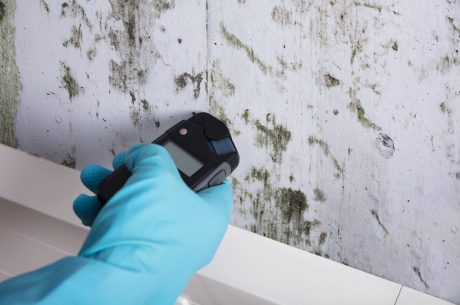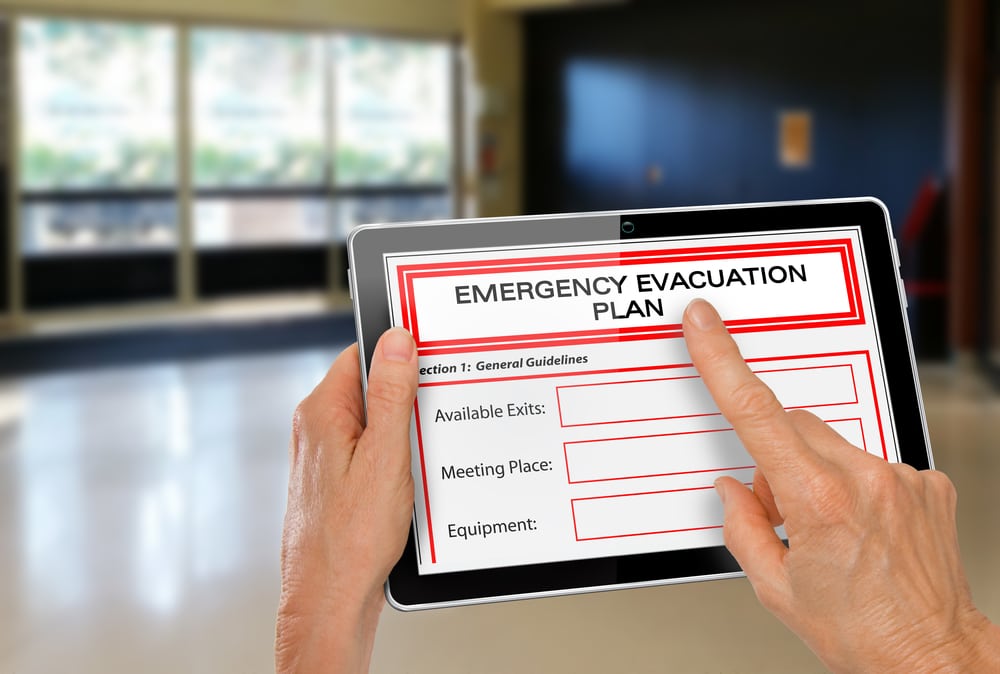
Mold and mildew are unwelcome guests in any home, posing potential health risks and compromising the structural integrity of your living space. While the importance of prompt and effective mold and mildew removal is undeniable, many homeowners make common mistakes that can exacerbate the problem or compromise their health. In this guide, we’ll explore these pitfalls and provide insights on how to avoid them for successful mold and mildew removal.
Common Mistakes to avoid for Mold and Mildew Removal
1. Ignoring Early Signs: The Silent Invaders
One of the most common mistakes is ignoring the early signs of mold and mildew growth. Often, these intruders start their colonization in hidden, damp areas, such as behind walls, under carpets, or in poorly ventilated spaces. Homeowners might dismiss subtle signs like a musty odor or small, discolored patches, thinking they are inconsequential. However, early detection is crucial to prevent extensive damage and health issues.
2. Incomplete Identification: Know Your Foe
Not all molds are created equal, and misidentifying the type of mold can lead to ineffective removal strategies. Some molds are more hazardous than others, and professional intervention may be necessary for certain varieties. Take the time to correctly identify the mold in your home before attempting removal to ensure the most appropriate and safe approach.
3. Using Harsh Chemicals Without Protective Measures
While it’s tempting to reach for strong chemical solutions for mold and mildew removal, using them without proper protective measures can be harmful. Many mold removal products contain harsh chemicals that can cause skin irritation, respiratory problems, or other health issues. Always wear protective gear such as gloves, a mask, and goggles when working with these substances to safeguard your well-being.
4. Neglecting the Root Cause: Addressing Moisture Issues
Simply removing visible mold does not solve the underlying problem. Mold and mildew thrive in damp environments, so neglecting to address the root cause – moisture – is a significant mistake. Identify and fix any leaks, improve ventilation, and address humidity issues to prevent mold from returning.
5. Overlooking Ventilation: Let Your Home Breathe
A well-ventilated home is less susceptible to mold and mildew growth. Overlooking the importance of proper ventilation is a common mistake. Ensure that bathrooms, kitchens, and other moisture-prone areas have adequate ventilation systems. Use exhaust fans, open windows, and consider investing in dehumidifiers to maintain optimal humidity levels.
6. DIY Gone Wrong: When to Call the Professionals
While many minor mold issues can be addressed through DIY methods, attempting extensive removal without the necessary skills and knowledge can lead to disaster. Ignoring the extent of the problem or mishandling removal procedures can result in spreading spores, exacerbating health risks, and causing more damage. If in doubt, consult with a professional mold remediation service to ensure a thorough and safe removal process.
Effective mold and mildew removal require a combination of vigilance, knowledge, and proper techniques. By avoiding common mistakes such as ignoring early signs, incomplete identification, using harsh chemicals without protection, neglecting the root cause, overlooking ventilation, and misguided DIY attempts, homeowners can create a healthier living environment. Prioritize the well-being of your home and family by adopting a strategic and informed approach to mold and mildew removal.
For professional mold and mildew removal in Coral Gables, Pinecrest, Miami or other parts of Florida, call us on +1 305 894-4343.
How do you get rid of mold and mildew permanently?
To permanently get rid of mold and mildew, address the root cause by controlling moisture levels. Improve ventilation, fix leaks, and use dehumidifiers. Clean affected areas with mold-killing solutions like vinegar, hydrogen peroxide, or commercial cleaners. Ensure thorough drying and consider using mold-resistant products in susceptible areas. Regular maintenance is key to preventing recurrence.
Is bleach or vinegar better to kill mold?
Both bleach and vinegar can effectively kill mold, but their effectiveness may depend on the surface and type of mold. Bleach is more potent and suitable for hard surfaces, while vinegar is safer for porous surfaces. Consider safety, ventilation, and the surface type when choosing between bleach and vinegar.



 PuroClean of Coral Gables
PuroClean of Coral Gables